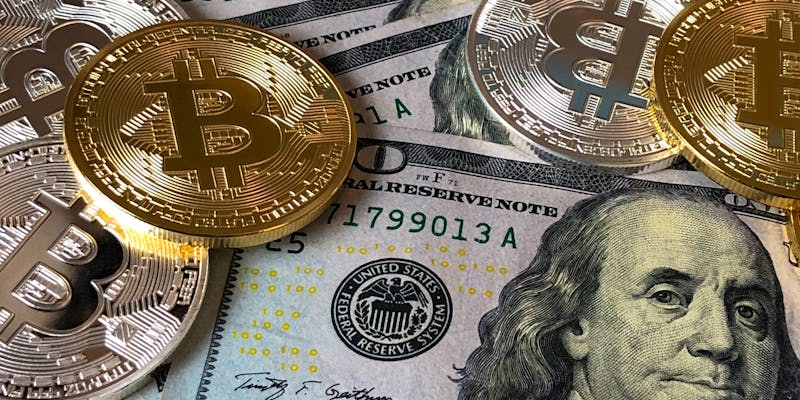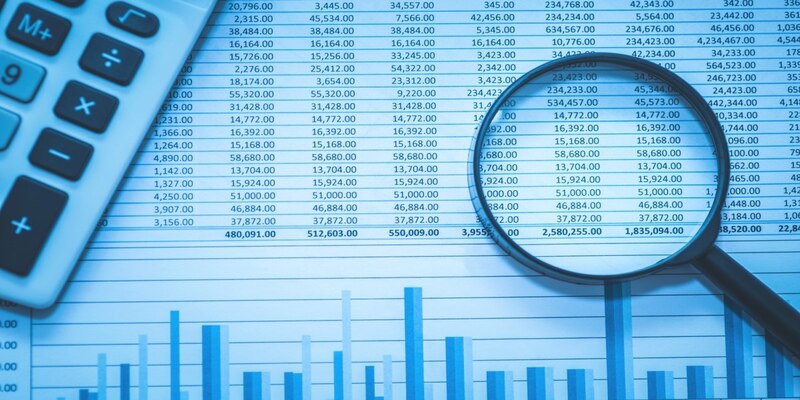Tracing the Evolution of the Chinese Yuan Renminbi: From Ancient Beginnings to Modern Power
Nov 28, 2024 By Elva Flynn
The Chinese Yuan Renminbi, more commonly referred to as CNY is one of the most globally discussed currencies these days, and its development mirrors the rise of the Chinese economy and its unique transformation in history. From old coinage to modern electronic currency, the path traveled by the Renminbi (RMB) throughout history is a reflection of the profound changes in various political, social, and economic areas, mirroring changes in China's position among the rest of the world.

Today, as the yuan is on its course toward being a major international currency, knowledge of its past throws great light on what has happened and what it would become in the international system of finance. This article tries to trace the incredible path that the Chinese yuan followed from its early development until today's role of that currency in the new world.
The Historical Roots of the Chinese Yuan
The People's Republic of China has an ancient history of more than two millennia using currencies. Early forms were in shells, gold, and bronze coins. It is said that China was the first to use paper currency, an innovation developed during the Tang Dynasty but perfected during the Song Dynasty (9601279). Paper money, or jiaochao, enabled merchants and officials to make transactions from distant locations without carrying heavy coins, thus greatly easing the flow of trade.
However, Chinas early paper currency faced significant challenges. By the Ming Dynasty (13681644), the use of paper money had grown widespread, but issues like inflation and the lack of backing for the currency led to economic instability. This fluctuation in value continued until the establishment of the Peoples Republic of China in 1949, when the Chinese Yuan Renminbi, or peoples currency, was officially introduced. The new Renminbi (RMB) became a cornerstone of economic stability, helping the government control inflation and unify the nations currency system. With the yuan as its primary unit, this system aimed to create a stable economic foundation during a time of significant political and social change.
Economic Reforms and the Transformation of the Yuan
For much of the 20th century, the Chinese Yuan was tightly regulated within a closed economy, largely insulated from the outside world. The central government set the value of the Renminbi and maintained strict control over foreign exchange to support a self-sufficient economy. This state-controlled system meant that the yuan was used exclusively within China, and its value reflected internal economic priorities rather than global market dynamics.
The turning point for the Renminbi came with Chinas market reforms, initiated in 1978 under the leadership of Deng Xiaoping. These reforms started China's transition from a centrally planned economy to one that was open to foreign investment and trade. To support its growing role in global markets, the government began gradually loosening its grip on the currency. In the 1980s and 1990s, a series of devaluations helped make Chinese exports more competitive, spurring economic growth and solidifying Chinas role as a major player in the global economy.

In 1994, a crucial policy change unified the official and market exchange rates, allowing the yuans value to be more accurately reflected in the marketplace. This was a major step toward creating a stable, market-driven currency that would support Chinas evolving economy. Although the currency was still regulated, this unification of exchange rates allowed foreign businesses and investors to engage with China in ways that had previously been impossible, further accelerating economic growth.
The Yuans Path to Global Recognition and Challenges
As Chinas economic power expanded, so too did global interest in the yuan. In the early 2000s, China made calculated efforts to promote the Renminbi in international markets. The 2008 global financial crisis amplified these efforts, with China accelerating initiatives to make the yuan more widely accepted for international transactions, especially among key trade partners in Asia. This push for internationalization was part of Chinas broader economic strategy to establish the yuan as a global currency.
A landmark moment arrived in 2015 when the IMF included the Chinese Yuan Renminbi in its Special Drawing Rights (SDR) basket, which comprises the U.S. dollar, euro, British pound, and Japanese yen. This inclusion was an identification of the Renminbi as a reserve currency and a significant achievement in Chinas quest for global financial influence. Since then, the Chinese government has actively promoted the Renminbis use in trade, investment, and as a currency held by central banks worldwide.
However, the internationalization of the yuan has encountered obstacles. Despite Chinas efforts to liberalize its economy, the Renminbi is still viewed as a partially inaccessible currency due to Chinas strict capital controls. The Peoples Bank of China (PBOC) continues to closely manage the yuans value, limiting its daily fluctuations to prevent excessive volatility. This cautious approach has ensured stability but also limits the currencys appeal to investors accustomed to more freely traded currencies.
The Digital Yuan and Future Prospects
In recent years, China has pushed the boundaries of currency innovation with the introduction of the digital yuan. Launched in 2020 as one of the worlds first national digital currencies, the digital yuan represents Chinas bid to modernize its financial system and reduce dependence on the U.S. dollar in global trade. This development is significant for both China and the global financial community, as it showcases the potential of digital currency on a national scale.

The digital yuan, officially known as the Digital Currency Electronic Payment (DCEP), is not a just a normal currency but rather a centralized digital currency issued by the Peoples Bank of China. Unlike decentralized currencies, the digital yuan is fully regulated, allowing China to retain control over its monetary policy while reaping the benefits of a digital payment system. The rollout of the digital yuan has been gradual, with pilot programs in various cities across China to test the currencys efficiency and ease of use.
Conclusion
The journey of the Chinese Yuan Renminbi, from ancient coins to a modern digital currency, underscores Chinas determination to shape its economy and global influence. The Renminbi has not only fueled Chinas domestic economy but also served as a tool for its global ambitions. As China continues to modernize and adapt to global trends, the yuans role in international finance is likely to grow, particularly through digital advancements and ongoing internationalization efforts.

Tracing the Evolution of the Chinese Yuan Renminbi: From Ancient Beginnings to Modern Power

Evaluation of The RISLA Student Loan Program For The Year 2023

Form 1095-C: Definition, Uses, and Tax Filing Requirements Explained

The Rise and Fall of the Vancouver Stock Exchange: Lessons from a Unique Market

All You Should Know About Not Knowing About Your Stock's Basis Costs

Understanding and Preventing Identity Fraud in Commercial Applications

Roofstock Review 2024: Real Estate Investment Made Easier

Is Social Security Taxed After Age 70?

Constant Proportion Debt Obligation (CPDO): What It Is and Why It Has Risks

